13 Wild Animals in Grenada [Wildlife in Grenada]
Want to know more about the wildlife in Grenada?
Discover 13 wild animals in Grenada in this post, as well as interesting facts about them. 🇬🇩
TABLE OF CONTENTS
Learn All About Grenadian Animals
Ready to learn all about Grenadian animals?
I’ve always been fascinated by animals, and by how they can be so different from one country to another. In this guide, we’ll focus on the many animals Grenada has on the land, in the sky, and underwater.
I’ve split the guide into 4 categories:
- Native animals from Grenada
- Endangered animals of Grenada
- What is Grenada national animal?
- How many animals native to Grenada?
Let’s dive in right away with our first category!
Native Animals from Grenada
Grenada is a Caribbean Island located in the West Indies. It is made of several islands, including the main island of Grenada, Carriacou and Petite Martinique which are smaller islands, and several other small islands, to the north of the main islands. It is surrounded by the Caribbean Sea and is located northeast of Venezuela and northwest of Trinidad and Tobago, and its capital and largest city is St. George’s, which counts more than 33,000 inhabitants.
An interesting part of the country that I wanted to tackle is its wildlife. In light of that, I have listed the best of it, and I hope you will love learning what animals live in Grenada.
Here’s the Grenada animals list.
1. Grenada worm snake
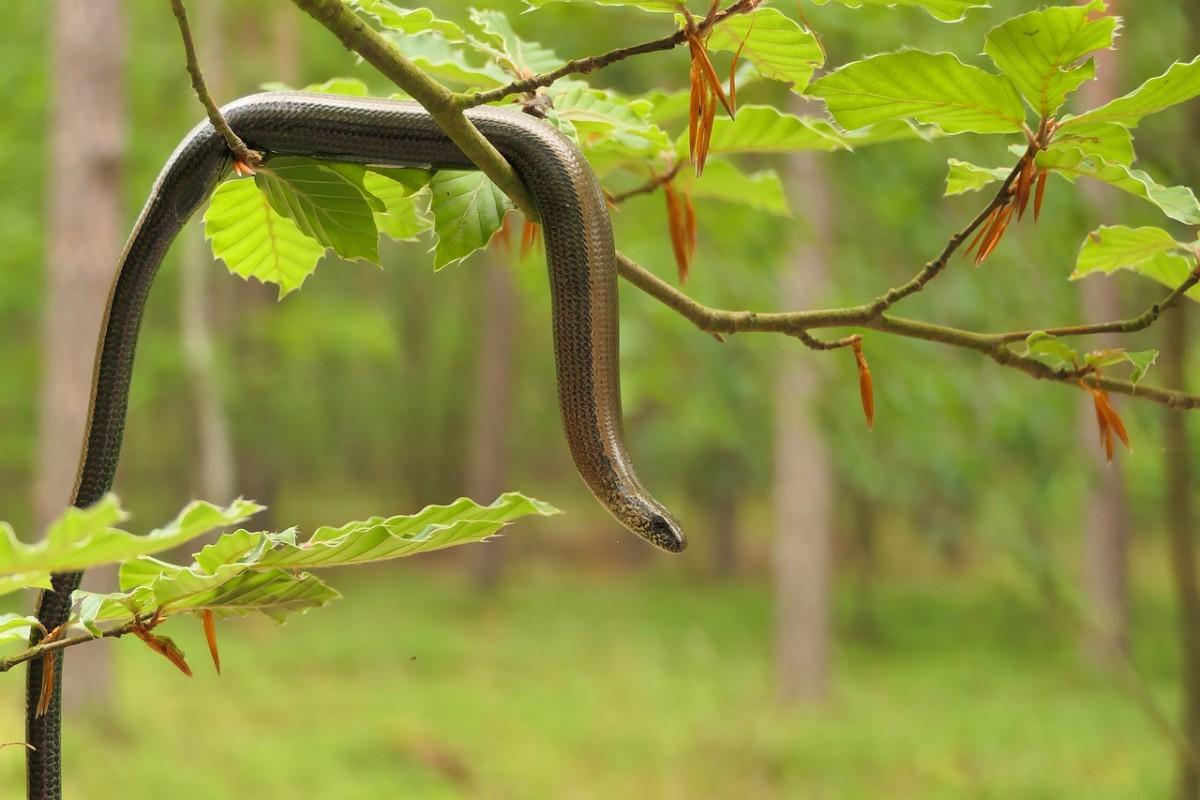
- Name: Grenada worm snake
- Scientific name: Amerotyphlops tasymicris
- Conservation status:
The Grenada worm snake, also known as the Grenada Bank blindsnake is a species of blind snake endemic to the island of Grenada. It can reach up to 18 cm / 7 in, and has light lines on its dorsal surface, while its ventral surface is rather unpigmented.
This species of snake suffers from habitat loss and fragmentation and is therefore listed as endangered. You will rarely see one of them if headed to Grenada.
2. Grenada frog
- Name: Grenada frog
- Scientific name: Pristimantis euphronides
- Conservation status:
The Grenada frog is a species of frog endemic to the island of Grenada as well. It was first described as a subspecies but is now considered its own species since 1994.
This frog inhabits the central and southeastern regions of Grenada, at up to 840 m / 2,760 ft above sea level. It is quite common within its range, which is small. It is sadly critically threatened by tourism development and urbanization, as well as agriculture.
3. Antillean fruit-eating bat
- Name: Antillean fruit-eating bat
- Scientific name: Brachyphylla cavernarum
- Conservation status:
The Antillean fruit-eating bat is a species of leaf-nosed bat native to the Caribbean Islands. Some fossil specimens were also found in the Bahamas, but it is now extirpated from there.
These bats roost in a wide variety of areas, from unused buildings and caves to cliffs and crevices. Its diet obviously revolves around fruit, but not only: pollen, insects, and nectar are all on the menu.
4. Mona monkey
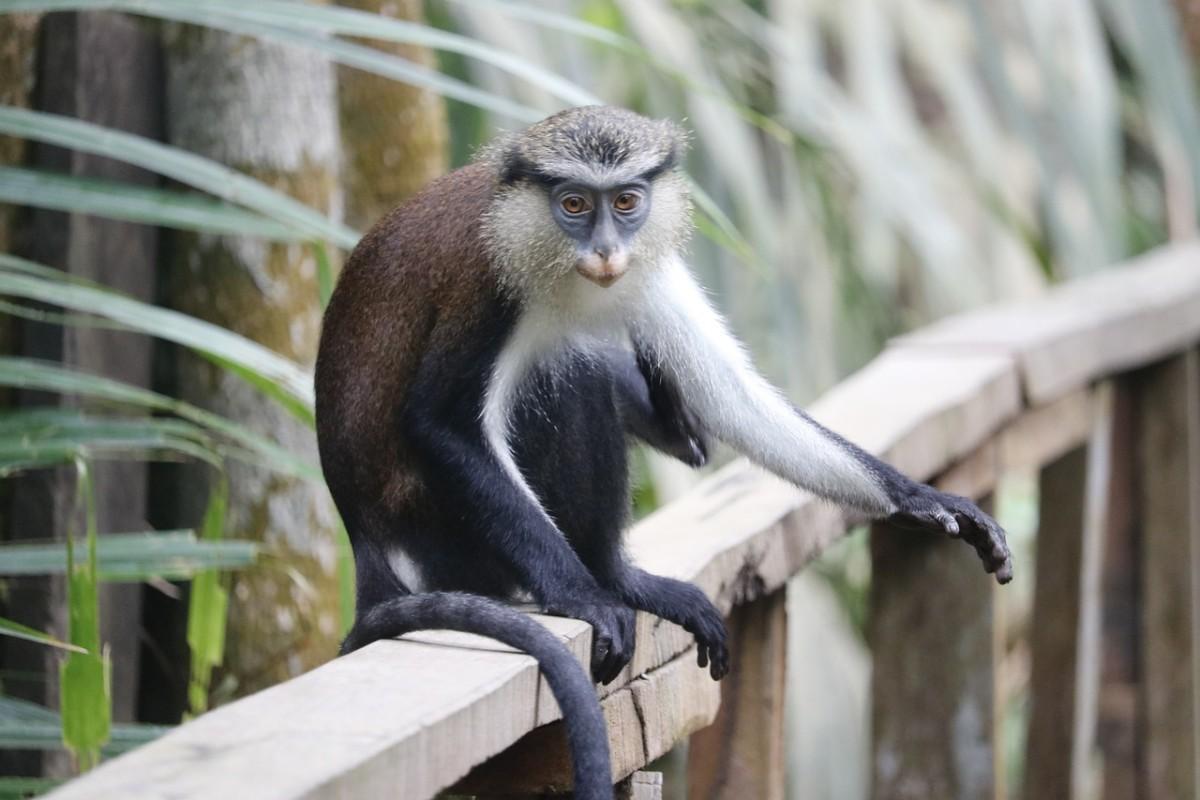
- Name: Mona monkey
- Scientific name: Cercopithecus mona
- Conservation status:
The mona monkey is a species of Old World monkey native to the western African countries of Ghana and Cameroon. However, due to the slave trade, it was transported to the island of Grenada during the 18th century, and can now be found there.
This monkey lives in groups of up to 35 members (but usually of 12 individuals), in the forests of the island. It carries food in cheek pouches, and it is a common and adaptable species. However, it is listed as near threatened because of hunting for food and habitat destruction.
5. Red-rumped agouti
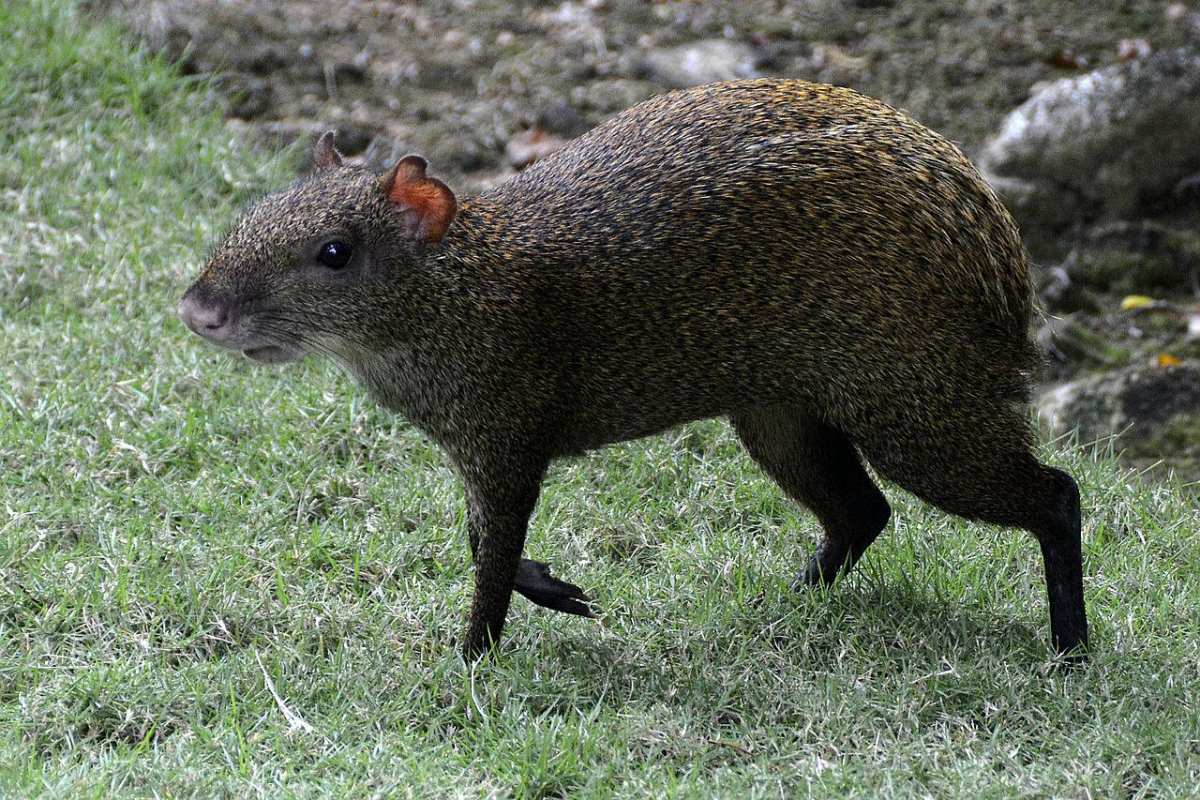
- Name: Red-rumped agouti
- Scientific name: Dasyprocta leporina
- Conservation status:
The red-rumped agouti, also known as the golden-rumped agouti, the Brazilian agouti, or the orange-rumped agouti, is a species of agouti native to northeastern South America and some Caribbean Islands such as Trinidad and Tobago and Saint Lucia, and it was introduced to countries like Grenada, Dominica, and the Virgin Islands.
This species inhabits a wide range of forests, from secondary forests to rainforests, and it mostly feeds on seeds, leaves, roots, fruits, and pulp.
6. European hare
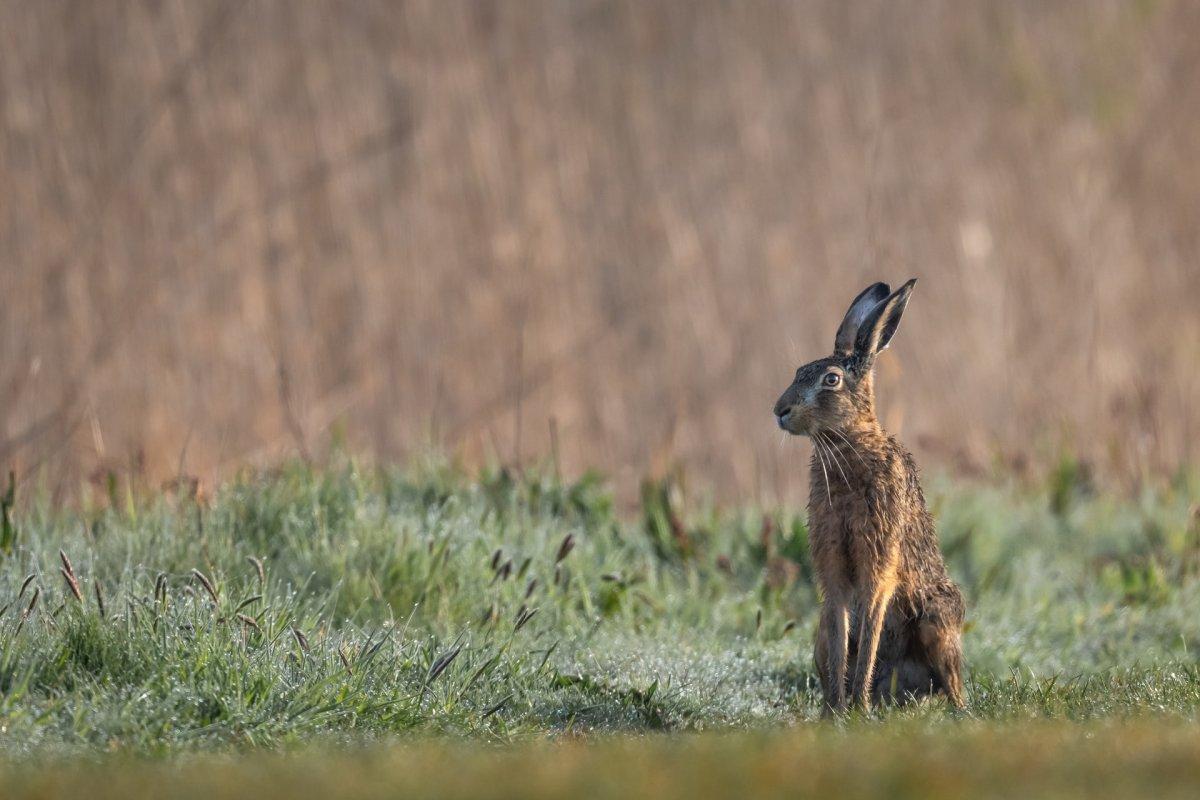
- Name: European hare
- Scientific name: Lepus europaeus
- Conservation status:
The European hare, also known as the brown hare, is a species of hare native to Europe and some parts of Asia. Like many other animals in Grenada, it was introduced to the island a while ago, and it is adapted to the open country.
This hare is a herbivore and mostly feeds on herbs and grasses, as well as buds, bark, field crops, and twigs. In order to escape predation, it relies on high-speed endurance.
7. Grenada dove
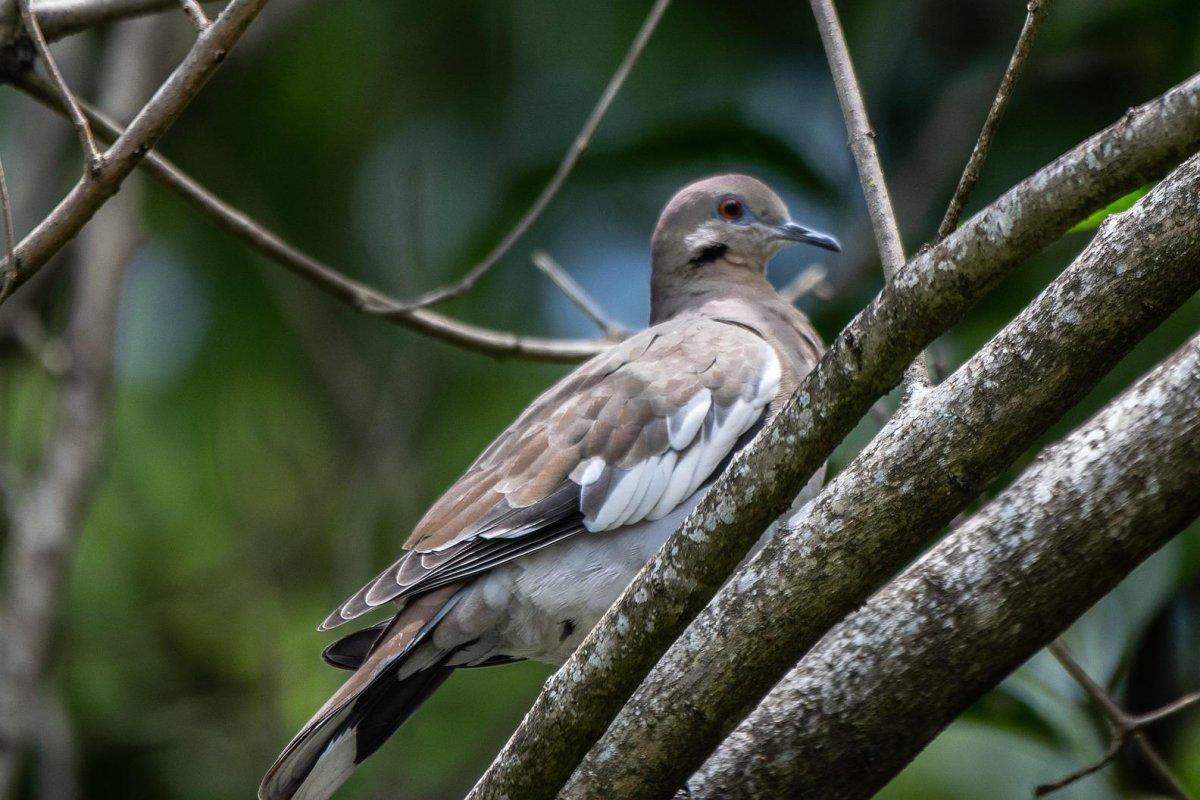
- Name: Grenada dove
- Scientific name: Leptotila wellsi
- Conservation status:
The Grenada dove is a medium-sized species of New World tropical dove. It is endemic to the island of Grenada, as its name suggests, and it is interestingly enough the national animal of the country.
Previously known as Well’s dove or the pea dove, it is considered to be one of the most critically endangered species of dove in the world, as it suffers from habitat fragmentation and destruction, as well as firewood harvesting and land development.
8. Sperm whale
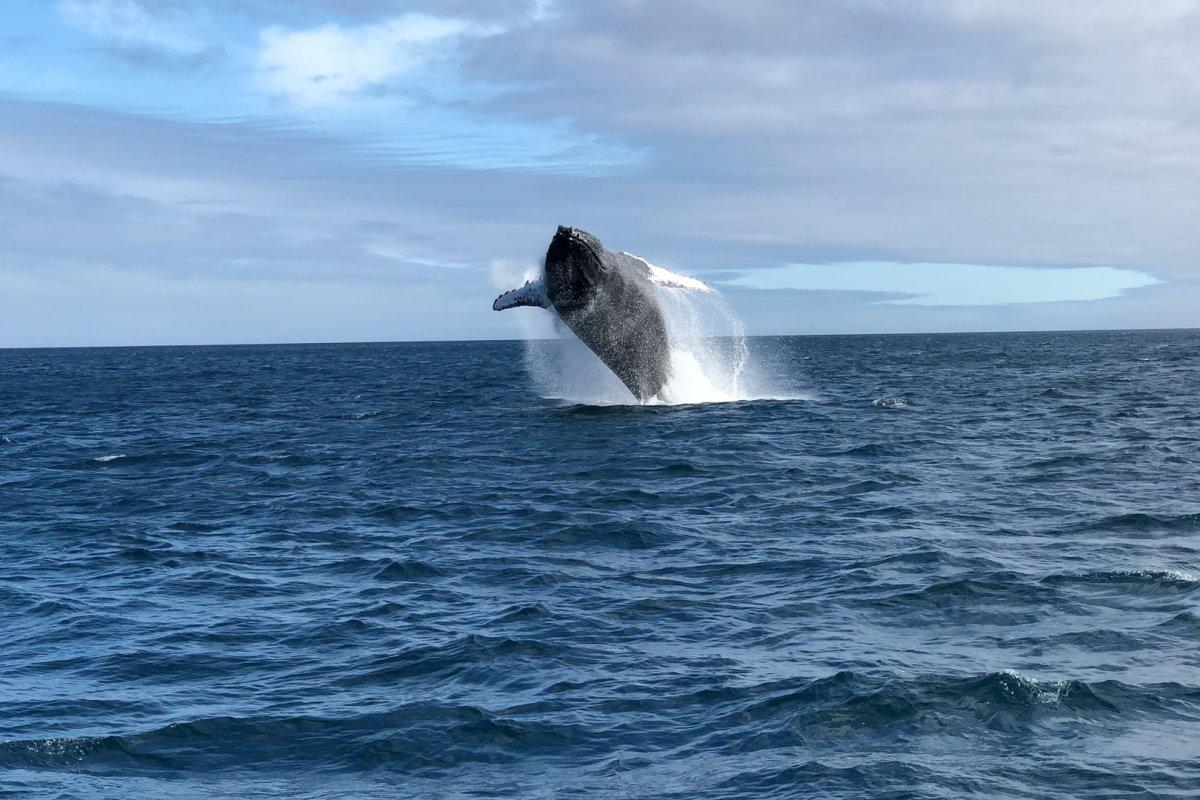
- Name: Sperm whale
- Scientific name: Physeter macrocephalus
- Conservation status:
The sperm whale, widely known as the cachalot, is a species of toothed whale native to every ocean on the planet. Interestingly, it is the largest toothed predator on the planet, and also the largest of the toothed whales. On top of that, it is the third-deepest diving mammal, only exceeded by the southern elephant seal and Cuvier’s beaked whale.
It does not fear many predators except for killer whales that sometimes prey on sperm whale calves.
9. Nine-banded armadillo
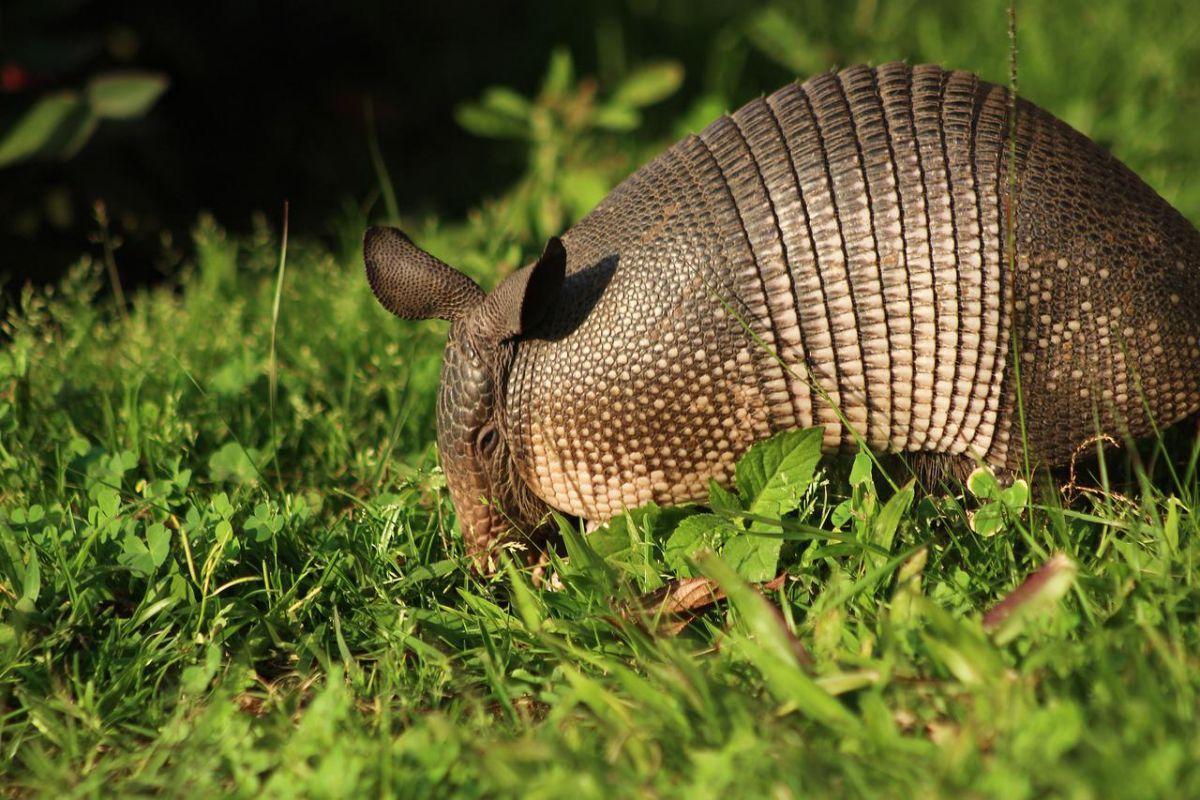
- Name: Nine-banded armadillo
- Scientific name: Dasypus novemcinctus
- Conservation status:
The nine-banded armadillo, also known as the common long-nosed armadillo or the nine-banded long-nosed armadillo, is one of the few species of armadillo that is considered of least concern, and the most widespread of them: it can be found in all the Americas, and it is a solitary and nocturnal animal.
This armadillo can be found in many types of habitats, from rainforests to grassland and dry scrubs, where it feeds on termites, ants, and other small invertebrates.
10. West Indian manatee
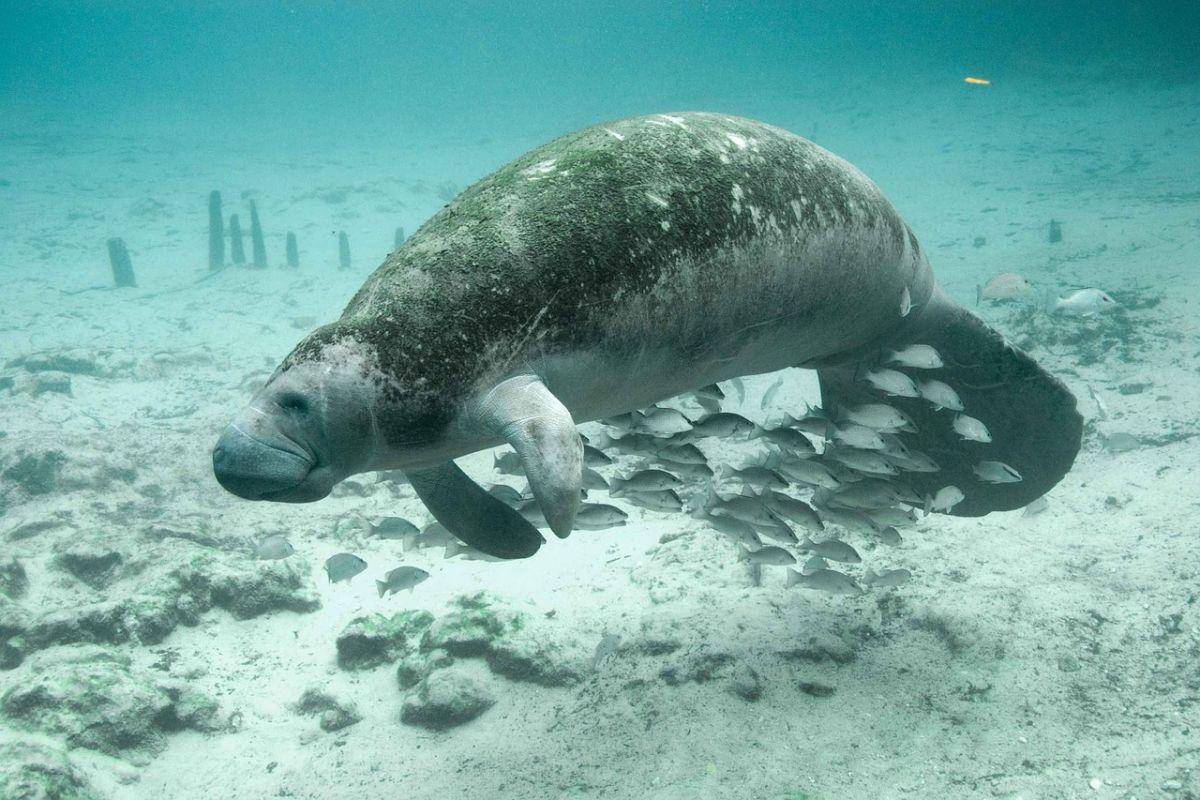
- Name: West Indian manatee
- Scientific name: Trichechus manatus
- Conservation status:
The West Indian manatee, further divided into two subspecies, the Antillean or Caribbean manatee and the Florida manatee, is a species of aquatic mammal from the order Sirenia. Also called the North American manatee, it is found along the coastlines of Central America, including the Caribbean Islands, from Florida to Brazil.
This animal is a herbivore with specific communication abilities and is entirely covered in very sensitive vibrissae, which are particularly useful for navigation in dark waters.
11. Caribbean monk seal
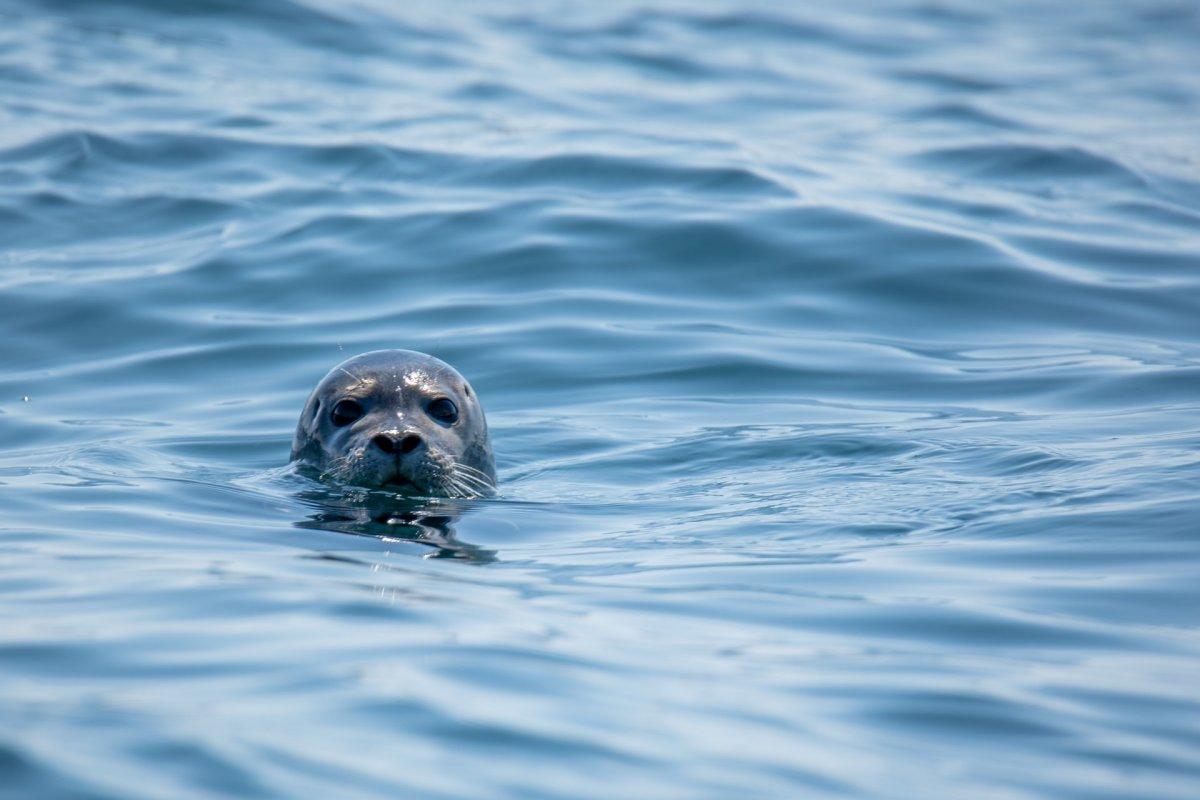
- Name: Caribbean monk seal
- Scientific name: Neomonachus tropicalis
- Conservation status:
The Caribbean monk seal, also known as the sea wolf or the West Indian seal, was a species of seal native to the Caribbean. The last confirmed sighting of this species was in 1952, and it was declared extinct in 2008 after an intensive 5-year search. The reasons for that are overfishing of its food sources as well as overhunting, and predation by humans and sharks.
It was found in temperate, subtropical, and tropical waters in the Caribbeans and in the Atlantic Ocean.
12. Guiana dolphin
- Name: Guiana dolphin
- Scientific name: Sotalia guianensis
- Conservation status:
The Guiana dolphin, also known as the costero or the estuarine dolphin, is a species of dolphin native to coastal waters of northeastern South America, and eastern Central America and the Caribbean Islands.
Surprisingly, it can live in both freshwater and saltwater, and it largely feeds on fish. This species lives in small groups of about 2 to 10 members and has even been seen in gatherings as large as 100 individuals, swimming in tight-knit groups, which suggests an important hierarchical structure.
13. Robinson’s mouse opossum
- Name: Robinson’s mouse opossum
- Scientific name: Marmosa robinsoni
- Conservation status:
Robinson’s mouse opossum is a species of opossum native to Grenada, Belize, Colombia, Ecuador, Honduras, Peru, Panama, Venezuela, and Trinidad and Tobago. It moves along tree branches and vines thanks to its highly prehensile tail, and leaps between gaps while looking for insects and fruit.
This opossum can be found at an altitude of up to 2,600 m / 8,530 ft above sea level, and it is generally active at sunset, and then intermittently until sunrise.
—
So there you have them, these were my 13 wild animals in Grenada. I hope you enjoyed this list and that you learned something new today.
In case you want to learn more about animals in the country, feel free to keep reading, as I still have lots of things to tell you about:
Endangered Animals of Grenada
This is definitely the saddest part of the list, but it is very important to raise awareness. Because of this, let’s go through the list of endangered animals in Grenada.
Here are the animals in danger of extinction in Grenada.
- None
- Great hammerhead
- Grenada dove
- Hawksbill turtle
- Oceanic whitetip shark
- Smalltooth sawfish
- and 5 more…
- Spinetail devil ray
- Whitespotted devil ray
- Atlantic chupare
- Caribbean reef shark
- Whale shark
- and 15 more…
To see the full list of endangered species in Grenada, head over to the International Union for Conservation of Nature’s Red List.
What is the National Animal of Grenada?
The national animal of Grenada is the Grenada dove.
This little bird is endemic to the island of Grenada, and it is a medium-sized species of New World tropical dove.
Sadly, it is one of the most critically endangered doves on the planet, as it is seriously threatened by habitat fragmentation and loss, as well as land development and agricultural expansion.
How Many Animals Native to Grenada?
What is the diversity of native animals in Grenada?
Let’s look at the total number of species of Chordata (mammals, birds, fishes, and reptiles).
Total number of animal species in Grenada: 1,378 (4,203 in total in the Caribbean Islands)
Are there poisonous animals in Grenada?
Grenada is a literal paradise: an island in the middle of a tropical sea with warm weather and no malaria or any other tropical disease. In fact, there are no venomous or poisonous animals on the island, so you don’t have to worry about them!
However, there is a very dangerous tree: the Manchineel tree is poisonous. Even rain dropping from the leaves can cause severe burns and eye damage, and let’s not talk about the sap…
Are there snakes in Grenada?
There are indeed snakes in Grenada, but as I just said, they are not venomous.
4 species of snakes can be found on the island: the Grenada Bank tree boa, the cribo, the Grenada bank blindsnake, and the Barbour’s tropical racer. Since 3 out of 4 of these snakes are currently endangered, they are very rarely spotted.
Are there spiders in Grenada?
You will definitely find spiders in Grenada, but you will rarely encounter the scariest ones, the tarantulas.
These monster spiders can reach up to 12.7 cm / 5 in, with hair all over their body. You can occasionally find one of them in your room, but contrary to their looks, they are not that dangerous: their sting is particularly painful, but not deadly.

Tarantula
More About Animals in the World!
Loved these Grenada wildlife facts? Want to see what animals live in other countries?
Then check out these posts:
Or click here to see ALL the facts up on the blog! Spoiler alert: there’s A LOT of them.
Share the knowledge! Click on the buttons below to share information about these famous animals in Grenada with your friends, and help them learn more about the world 🙂
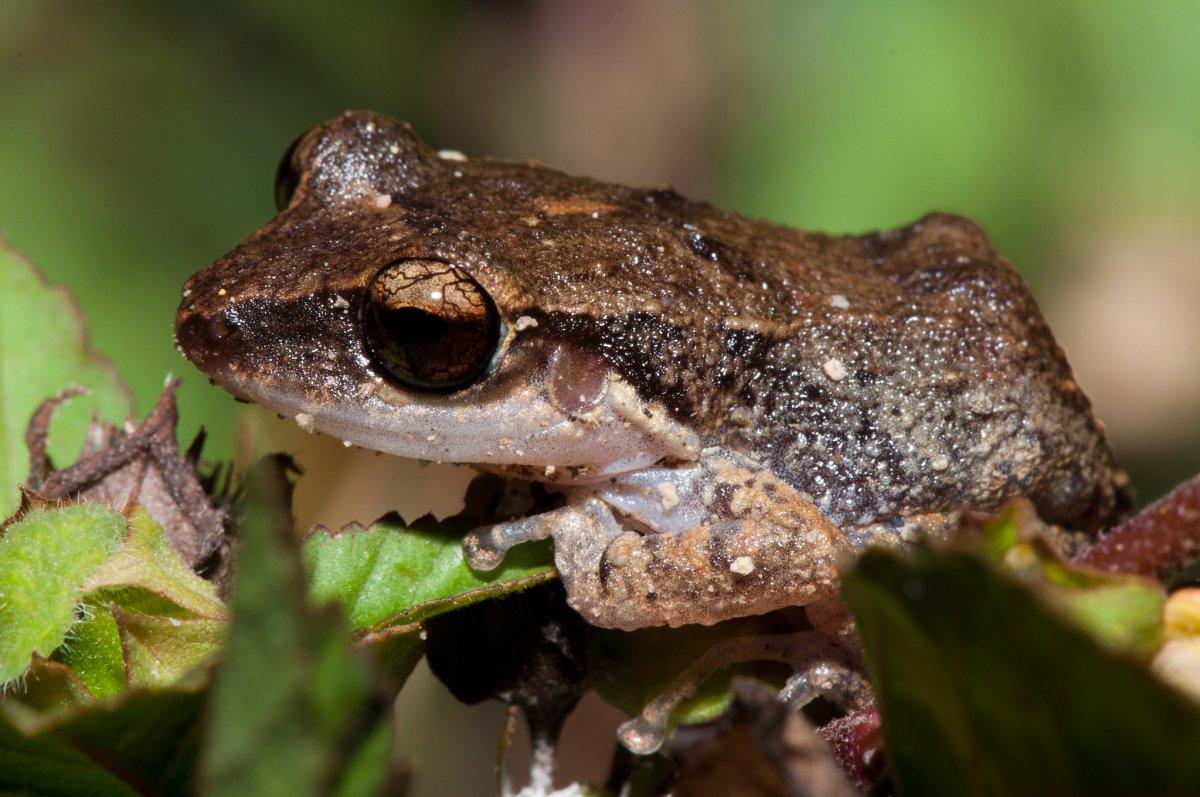
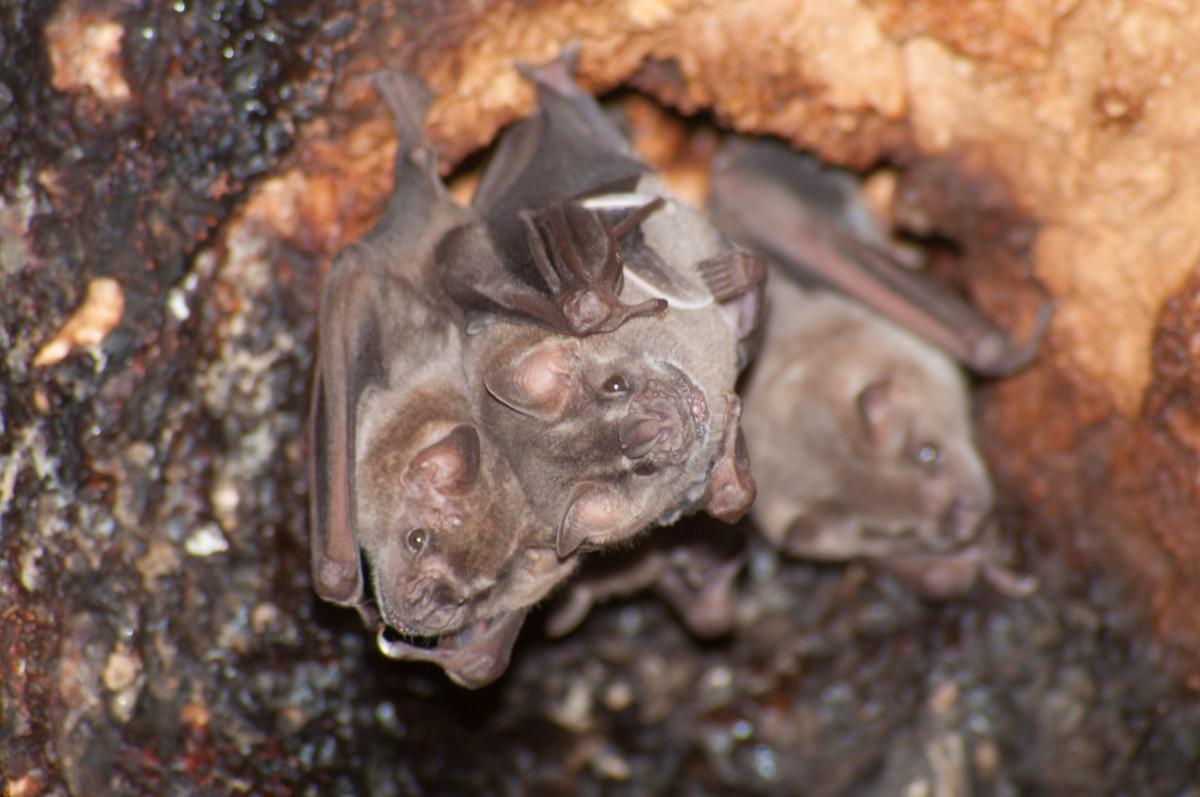
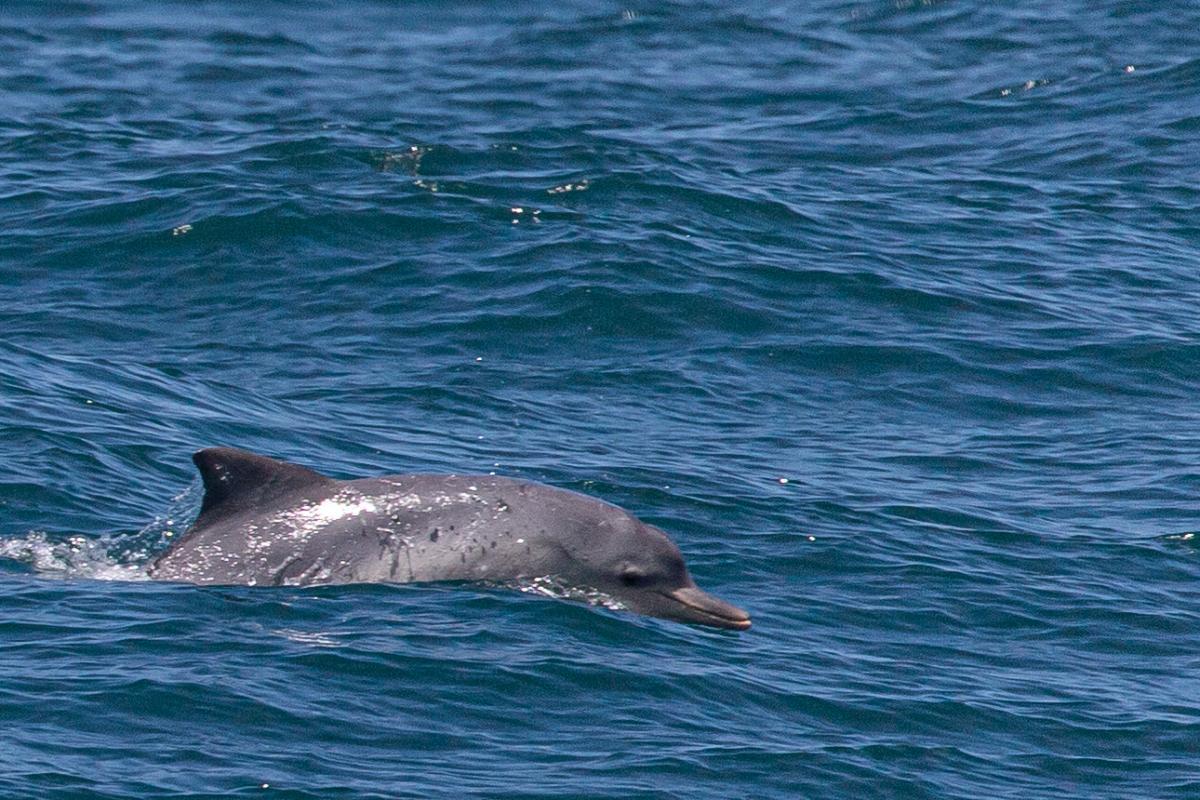
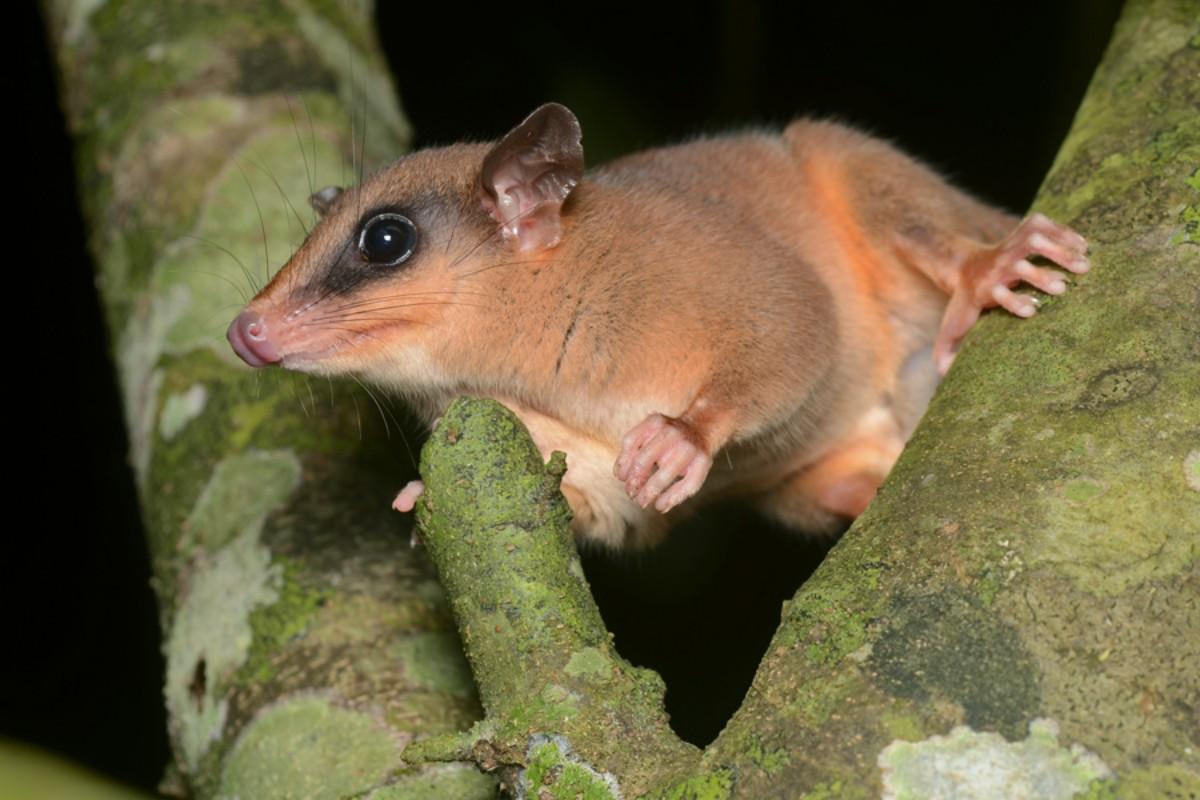

![13 Wild Animals in Iowa [Wildlife in Iowa]](https://www.kevmrc.com/wp-content/uploads/2023/07/13-wild-animals-in-iowa-usa.jpg)
![18 Wild Animals in Georgia [Wildlife in Georgia]](https://www.kevmrc.com/wp-content/uploads/2022/06/18-wild-animals-in-georgia.jpg)
![19 Wild Animals in Israel [Wildlife in Israel]](https://www.kevmrc.com/wp-content/uploads/2022/06/19-wild-animals-in-israel.jpg)